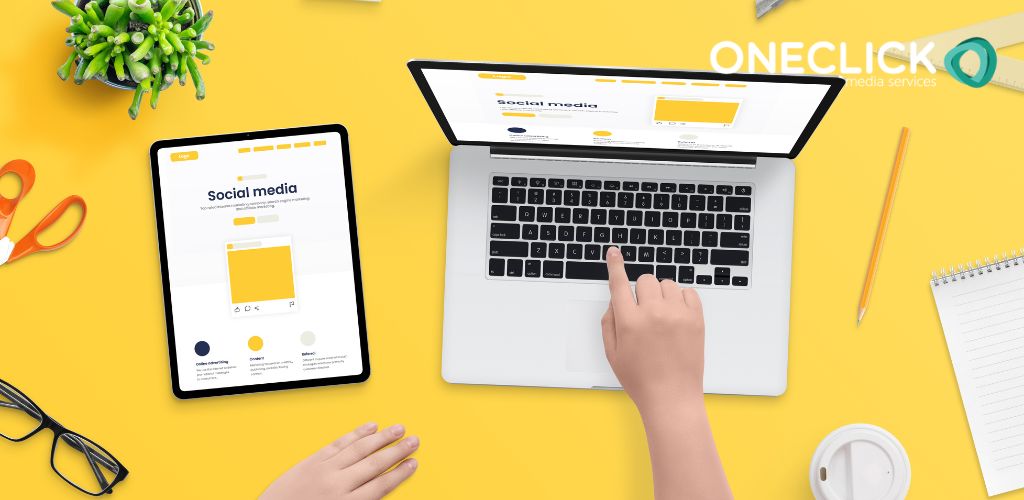Navigating the World of Paid Advertising: Google Ads vs. Social Media Ads

Introduction
In the ever-evolving landscape of digital marketing, paid advertising has become a cornerstone for business growth. For small to medium-sized businesses (SMBs), knowing where to allocate budget—Google Ads or social media ads—can significantly impact ROI. This article explores both platforms, their advantages, and which may suit your business best.
What Are Google Ads?
Google Ads is a pay-per-click (PPC) advertising platform that allows businesses to display ads across Google’s search engine and its partner websites. These ads appear when users search for keywords related to your business, giving you access to people with high purchase intent.
Benefits of Google Ads for SMBs
– High-intent traffic from search queries
– Precise keyword targeting
– Performance-based budgeting
– Ad extensions to boost visibility
– Ideal for local and service-based businesses
What Are Social Media Ads?
Social media ads appear on platforms like Facebook, Instagram, LinkedIn, and TikTok. These platforms allow businesses to target users based on demographics, interests, behaviors, and online activity.
Benefits of Social Media Ads for SMBs
– Highly visual and engaging formats (stories, reels, carousels)
– Advanced audience targeting
– Great for brand awareness and engagement
– Lower CPC compared to Google Ads
– Ideal for product launches and promotions
Google Ads vs. Social Media Ads: Key Differences
– User Intent: Google targets users actively searching; social media targets passive browsers.
– Cost: Google often has higher CPC but potentially higher ROI for high-intent leads.
– Ad Format: Text-based vs. visual storytelling.
–Tracking: Google has stronger direct-conversion tracking; social media excels in engagement metrics.
Which Platform is Best for Your Business?
– Choose Google Ads if your audience is actively searching for your product or service (e.g., plumbing, legal services).
– Choose Social Media Ads if your goal is to build brand awareness, generate interest, or promote visual products (e.g., fashion, events).
Tips for Maximizing ROI
– Define clear goals (sales, leads, traffic)
– Use retargeting to convert warm audiences
– Monitor KPIs and adjust regularly
– Split-test creatives and headlines
– Combine both platforms for full-funnel coverage
Conclusion
There’s no one-size-fits-all answer—Google Ads and social media ads serve different purposes. A blended strategy tailored to your audience and goals can unlock the full potential of paid advertising. At OneClick Media Services, we help SMBs craft powerful ad strategies that drive real results. Contact us today to build your campaign!
